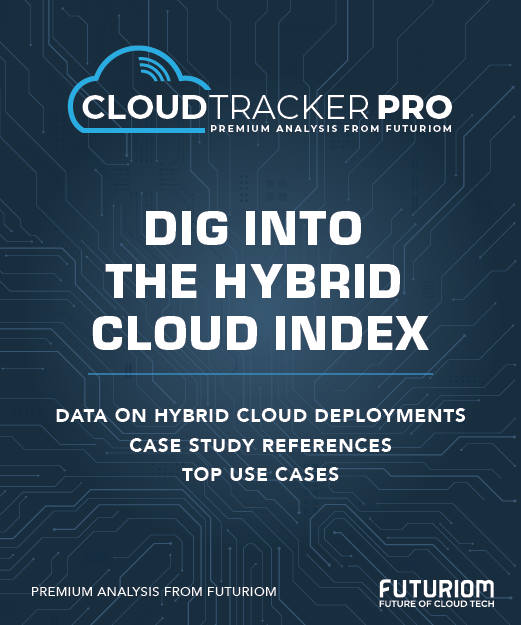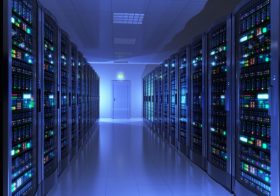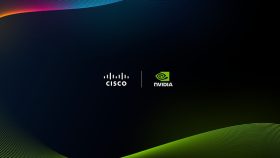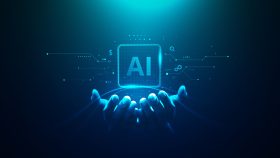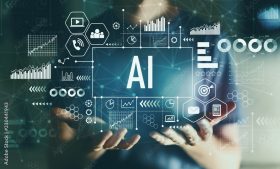How Do Cloud Hyperscalers Compare?

How are the leading public cloud providers doing compared to one another? By various measures, including earnings, infrastructure, and generative AI support, companies such as Alibaba, Amazon Web Services (AWS), Microsoft Azure, Google Cloud, and Oracle are jostling for position.
Let’s check the earnings first, in alphabetical order:
A glance at the top three cloud providers reveals that growth, while strong, has leveled off a bit since the upsurge in cloud adoption during the COVID pandemic. (Note: Oracle uses a different financial calendar so comparisons can’t be made directly):
AWS. Amazon’s cloud subsidiary reported growth of 12% year-over-year (y/y) to $23.1 billion in the quarter ended September 30, with an annualized run rate reaching $92 billion. Enlisting generative AI large language model (LLM) training on Amazon Tranium and Inferentia chips in AWS has boosted revenues, as has the company’s Bedrock service, which provides access to LLMs from third parties such as Anthropic, AI21, Stability AI, and Amazon’s Titan.
To access the rest of this article, you need a Futuriom CLOUD TRACKER PRO subscription — see below.
Access CLOUD TRACKER PRO
|
CLOUD TRACKER PRO Subscribers — Sign In |




